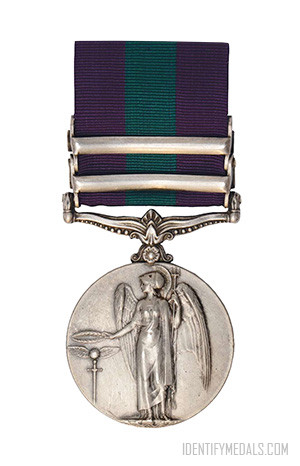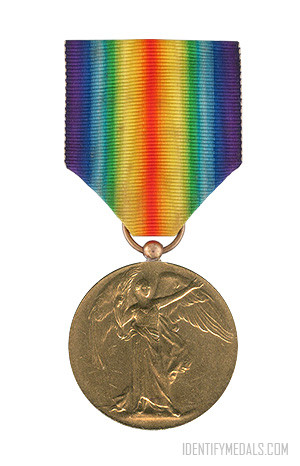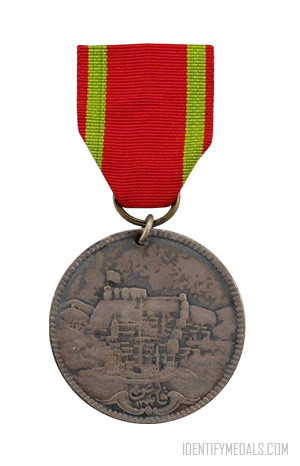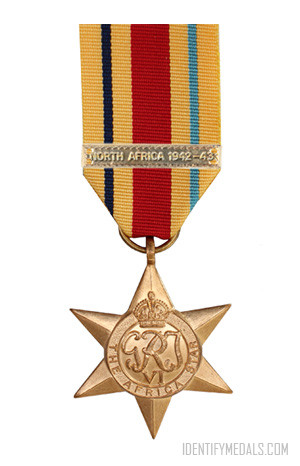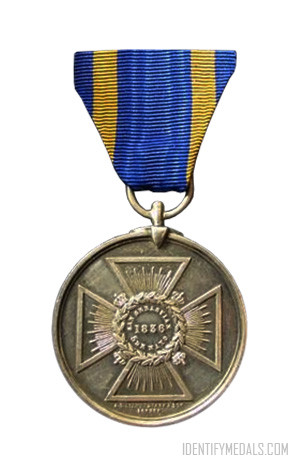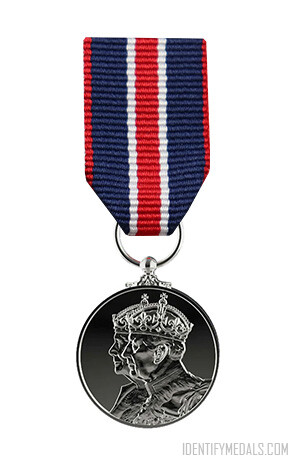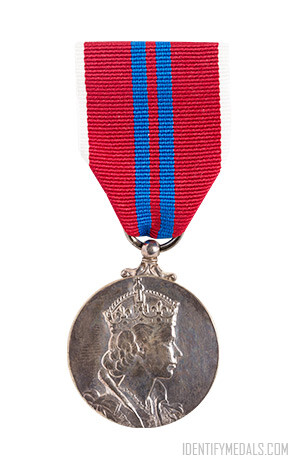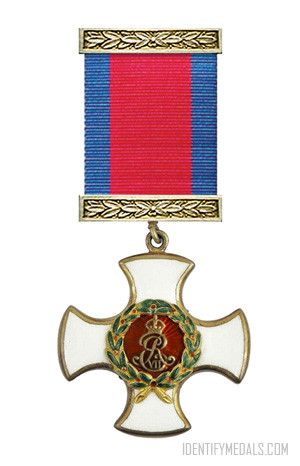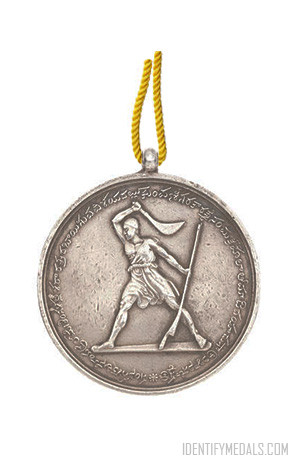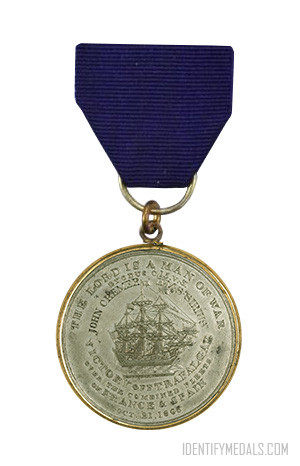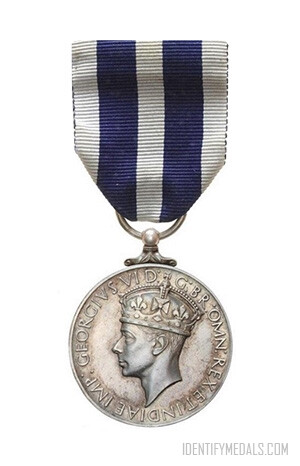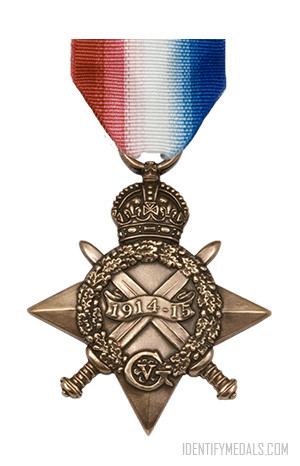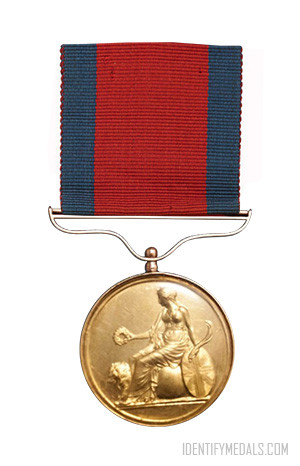- Time Period: Interwar Period
- Year of Institution: 1923
- Country: Great Britain
The General Service Medal (1918 GSM) was instituted in 1923 to recognize service in minor Army and Royal Air Force operations for which no separate medal was intended.
Local forces, including police, qualified for many of the clasps, as could units of the Indian Army prior to 1947.
A total of eighteen clasps were awarded, the medal never being awarded without a clasp. The clasps are:
- S. Persia
- Kurdistan
- Iraq
- N.W. Persia
- Southern Desert Iraq
- North Kurdistan
- Palestine
- S.E. Asia 1945–46
- Bomb and Mine Clearance 1945–49
- Bomb and Mine Clearance 1949–56
- Palestine 1945–48
- Berlin Airlift
- Malaya
- Canal Zone
- Cyprus
- Near East
- Arabian Peninsula
- Brunei
The General Service Medal 1918-62 Design
The medal is circular, struck in silver and measures 36 millimeters (1.4 in) in diameter. It was designed by E Carter Preston.
The obverse bears the crowned effigy of the reigning monarch: George V coinage head (1918-30), George V crowned and robed bust (1931-36), George VI Ind Imp (1937-49), George VI Fid Def (1949-52), ELizabeth II Br Omn (1952-54) and Elizabeth II Dei Gratia (1955-62).
The reverse shows the standing winged figure of Victory in a Corinthian helmet and carrying a trident, bestowing a wreath on the emblems of the Army (the sword) and the RAF (the wings).
The ribbon is 32 mm (1.3 in) wide and has three equal stripes of purple, dark green and purple.
The service number, rank, name and regiment or corps of the recipient are impressed on the rim of the medal in small block capitals. A bronze oak leaf emblem is worn on the ribbon of the medal to signify a mention in dispatches or King’s/Queen’s Commendation for a campaign for which the GSM was awarded.
The clasps consist of silver bars bearing the name of the relevant campaign or theatre of operations. They are attached to the medal’s suspension bar.

